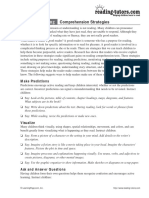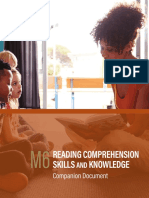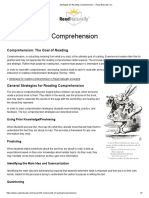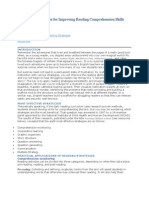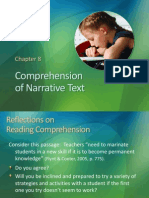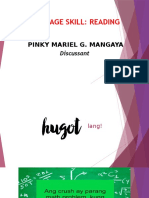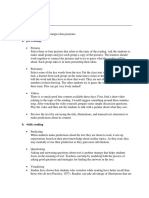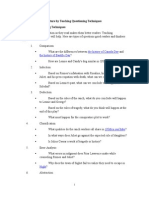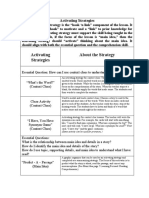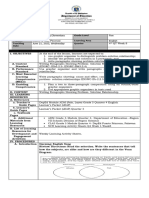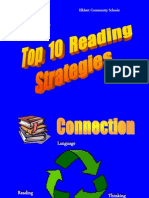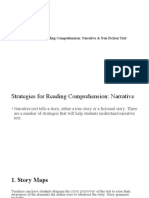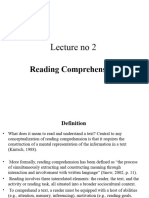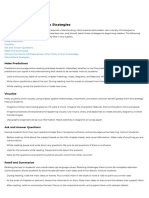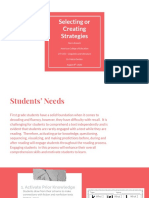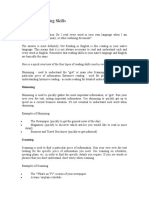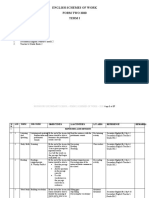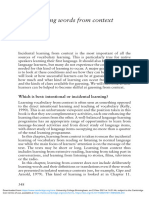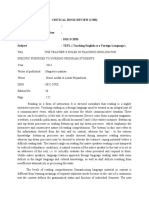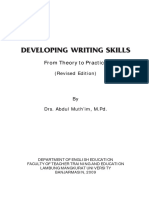0% found this document useful (0 votes)
41 views22 pagesComprehension Strategies2
Comprehension strategies
Uploaded by
Angeline Rea EstolatanCopyright
© © All Rights Reserved
We take content rights seriously. If you suspect this is your content, claim it here.
Available Formats
Download as PDF, TXT or read online on Scribd
0% found this document useful (0 votes)
41 views22 pagesComprehension Strategies2
Comprehension strategies
Uploaded by
Angeline Rea EstolatanCopyright
© © All Rights Reserved
We take content rights seriously. If you suspect this is your content, claim it here.
Available Formats
Download as PDF, TXT or read online on Scribd
/ 22

